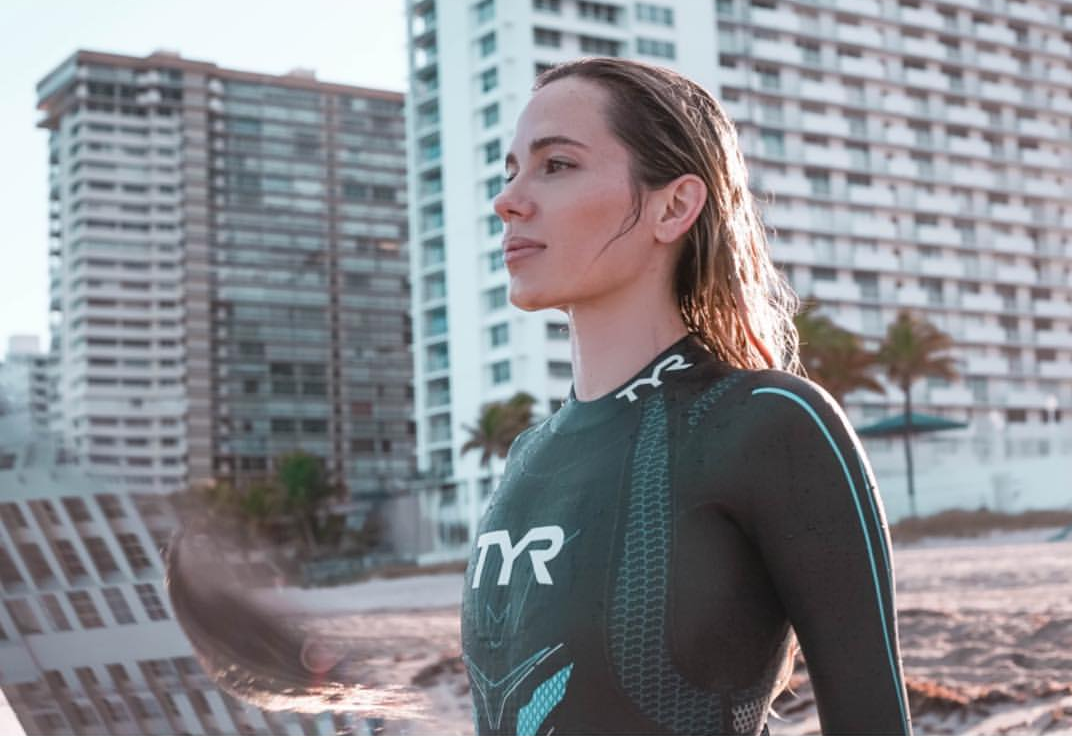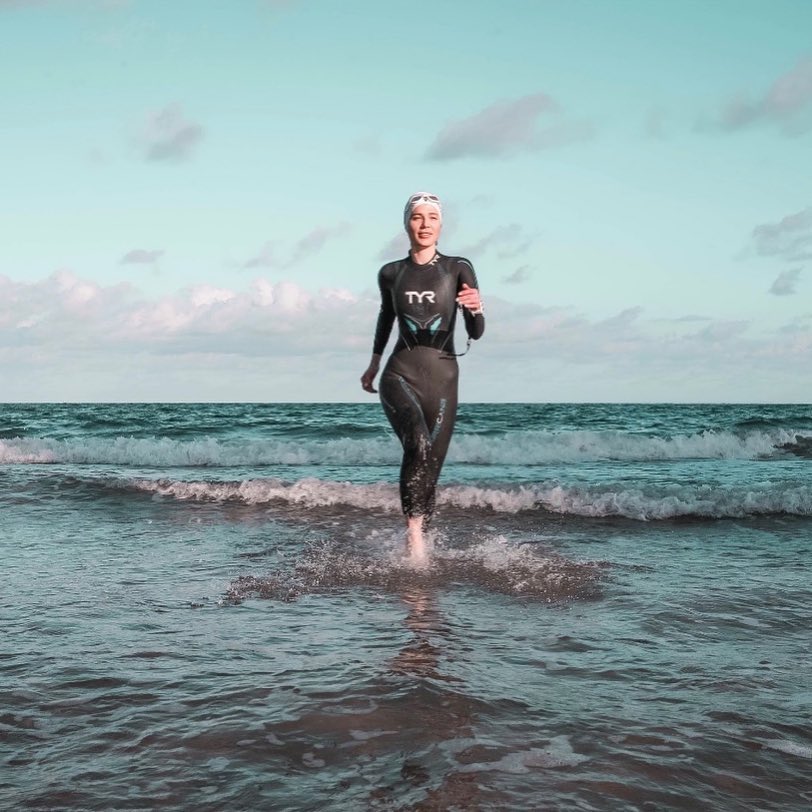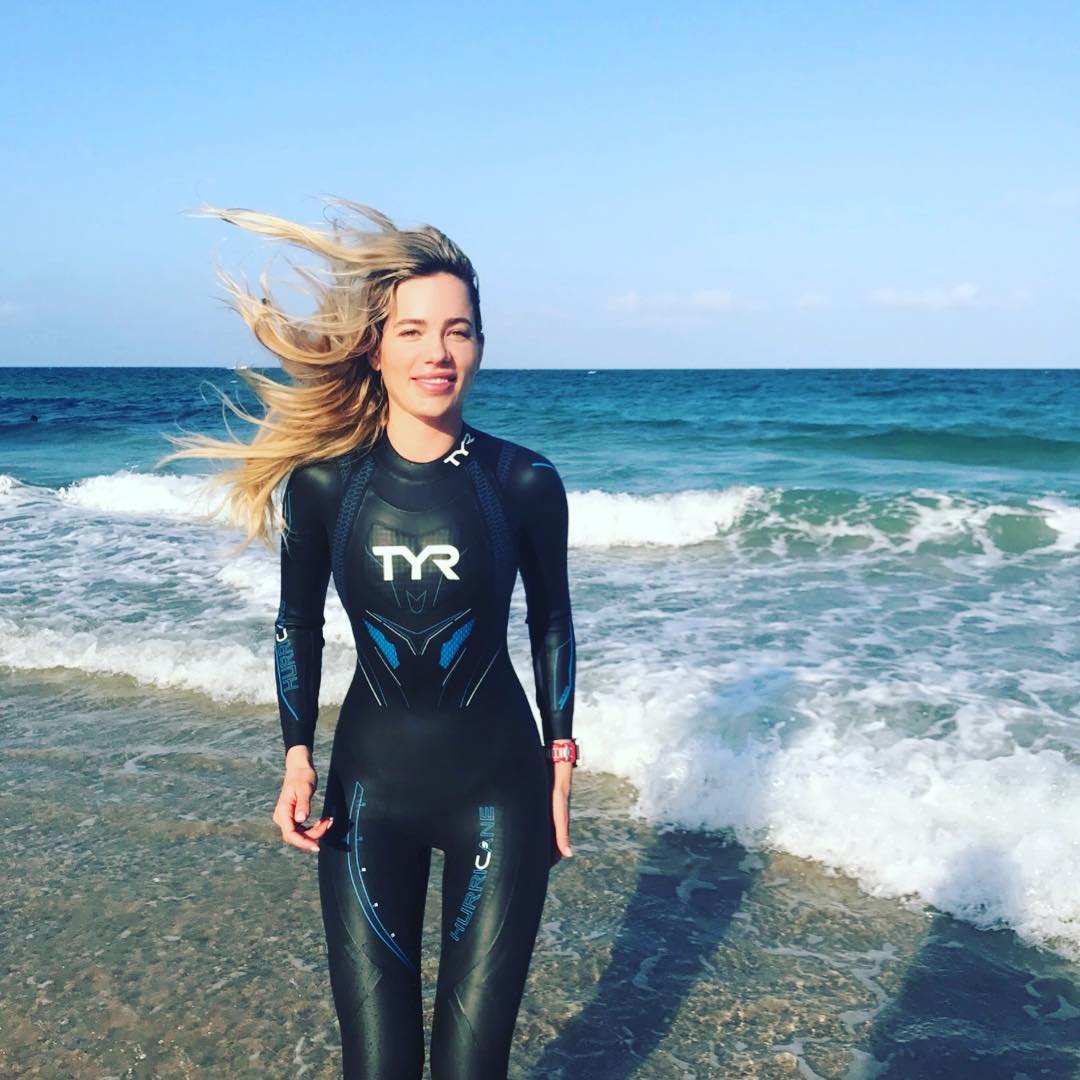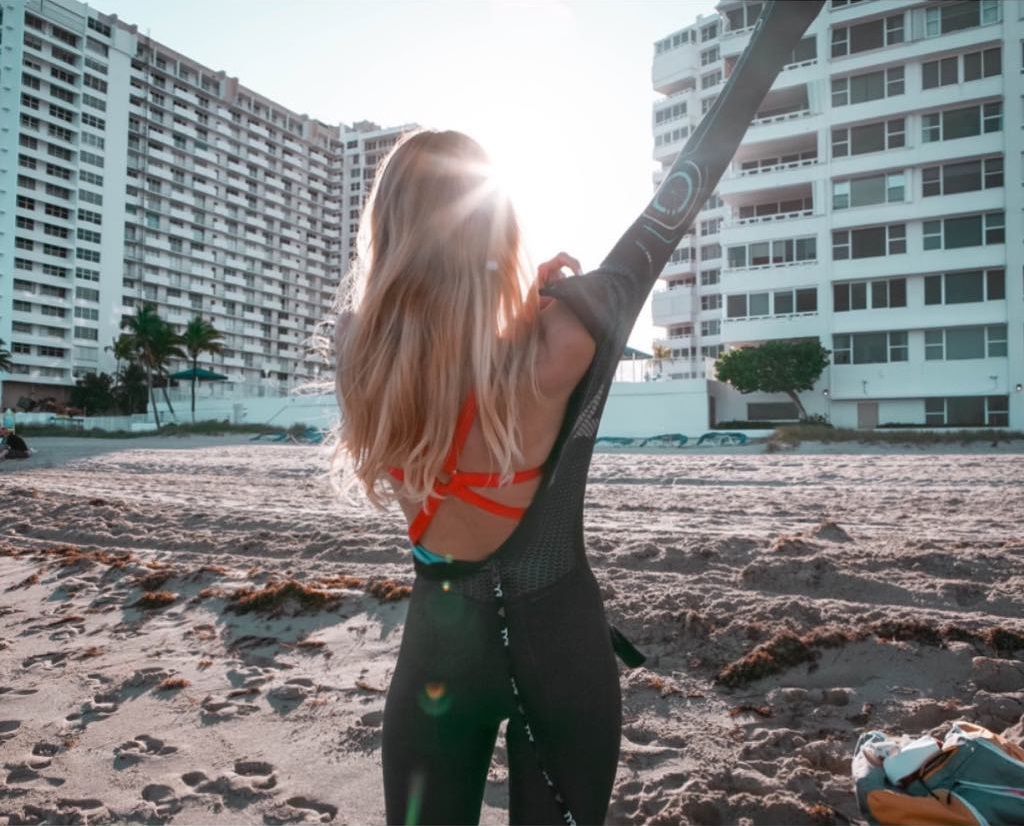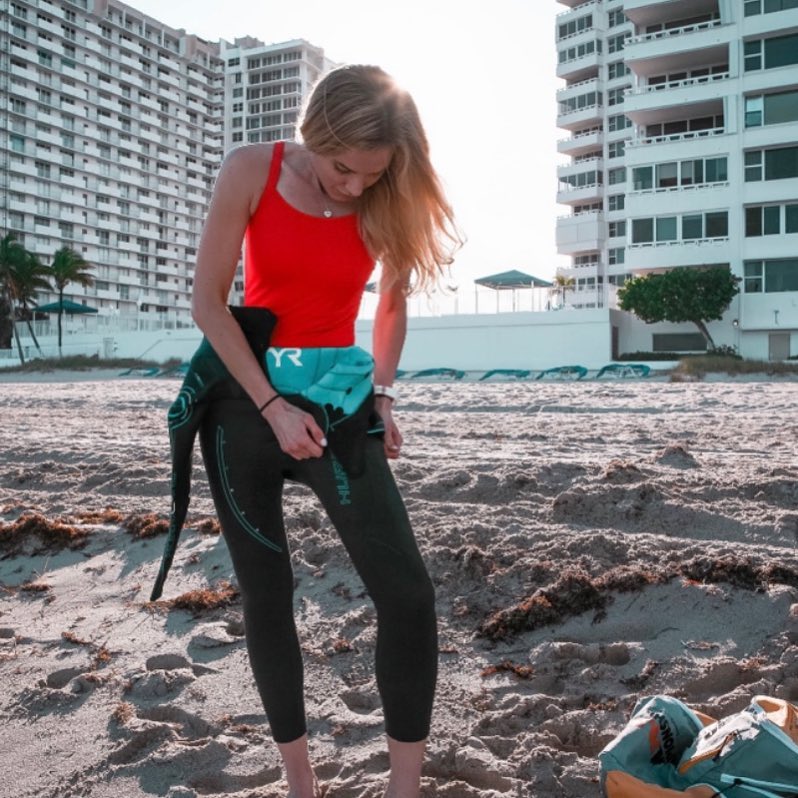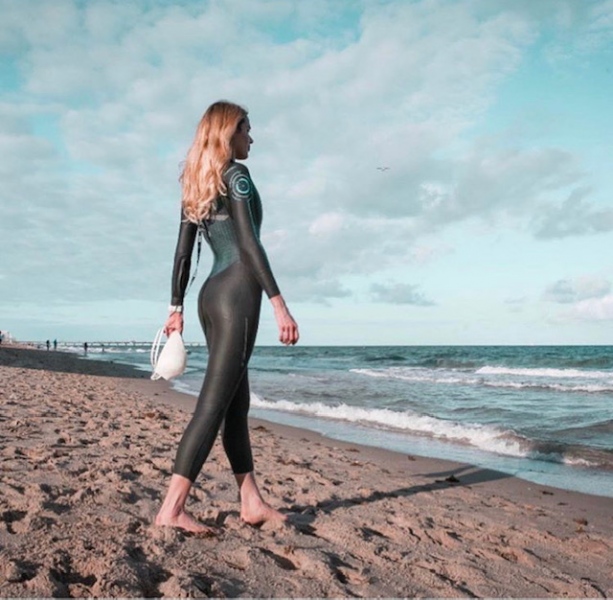Getting in the Swim – The Basics
There are always things to consider in each of the 3 triathlon elements. In this post we’ll deal with some simple but effective tips to help make your swim more comfortable and more effective. Remember,marginal gains can count and feeling good makes you perform that much better. Being a certified triathlon coach and a writer here at Pedalnorth, allows me to help you guys out with these useful triathlon training and advice articles. Today is all about the swim phase, so let’s get tri training together 😉
Feeling comfortable with your gear
If you are comfortable with your goggles, wetsuit and swimwear in the pool, there is a good chance you will feel comfortable in open water. Tight or foggy goggles, an ill-fitting wetsuit and chafing can make an already anxiety-provoking experience even worse, especially if you’re trying to focus on form, sighting, drafting, and pacing. There are enough elements out of your control on race day; avoid trying new gear on race day? Identifying these issues is a challenge during your triathlon training programme, but we can develop strategies and plans to overcome them.
Hit the pool and the open water (at the time of day of your race) before race day in the full gear you’re planning on using. This is the perfect chance to make any last-minute changes. You might find that you need goggles with a different tint, depending on the angle of the sun, or more body glide in certain areas.
More experienced triathletes seldom have issues feeling comfortable with their gear, but every once in a while it can be good to try something new just to see if you’ve hit a gear rut. Who knows, a different style of goggle or different brand of swimsuit might be just the thing to make you feel more positive and confident about your swim and will also add a positive change to your triathlon training programme.
Lubricants and plastic bags?
Putting the wetsuit on! 😉
1. It could be one of the biggest challenges?? Be careful sliding it on – especially with newer ultra thin and ultra formfitting styles. Even when new, these suits can tear if they inadvertently catch a toenail or fingertip. To avoid an expensive repair, make sure to only pull with the pads of your fingers, and not the nails. Bring a few plastic bags from the grocery store along in your race bag. Place the plastic grocery bags over your feet and ankles, it’ll help the suit slide up and prevent a toenail tear. Pull the legs up a little at a time, and make certain that the legs are all the way up front and back.
2. Lubricate, especially around the collar, armholes, and footholes. This will prevent chafing. Most suit manufacturers recommend only using a wetsuit specific lubricant such as bodyglide. Whatever you use, make sure it’s water-based. Petroleum based lubricants can slowly eat away at your suit.
3. Use sunscreen long before your race starts. It’s often a last minute thing triathletes do , just before the race starts. This is perhaps the worst time to be putting sunscreen on. The effectiveness of even the strongest SPF is cut significantly in you do this – skin oils sand sweat disrupt the process of the sunscreen setting up in your skin. The best time to put sunscreen on is right when you step out of the shower in the morning after a good wash with soap and water. Towel off and then immediately apply sunscreen with an appropriate SPF (30 or higher) to all exposed areas as you would put a moisturizer on that skin. Let it dry completely before putting any clothes on. What this does is allows the sunscreen to soak into the skin and set-up properly in the skin.
As an athlete, your body is usually tight and firm, and the suit is close fitting. There’s not any room for error, so using this advice during triathlon training will help speed things up and make you feel more confident.
This application technique in addition to giving you the maximum benefits of that particular sunscreen and it’s SPF will also minimize the amount of sunscreen that comes in direct contact with your wetsuit. Generally speaking most suncreens should not adversely effect the materials in your wetsuit. I did exactly that for several years with the same wetsuit and never noticed any deterioration. Can’t recall any friends that have either 🙂
Beat dizziness after the swim
Are you suffering from T1 head spins? Read the advice?
First thing to consider is – can you practise open-water swimming before the race? It may sound odd, but a combination of the cold water and the extra pressure of a wetsuit on your chest can make you forget to think about breathing.
The cold will cause your diaphragm and intercostal muscles to spasm, so you must calm down and focus on deep breathing, before you get moving. Rushing to warm up can really count against you because, in your haste, you can’t remain calm and composed. You need to control your adrenaline levels because its release will encourage you to take short, shallow and quick breaths, which will lead to issues later on in your swim.
You also need to think about your kicking. Your leg muscles are the largest in the body – the more you kick, the more oxygen you burn.
Kicking faster doesn’t necessarily mean moving faster, so look to keep your body as flat and high in the water as possible, and focus on kicking slowly and from your hip. The dizziness is likely to be caused by suddenly switching to running in a vertical position after spending a long period of time being horizontal in the water. It’s about maximising you’re technique during your triathlon training programme, to get the most gains on race day.
To lessen the effect, in the last 50m of the swim increase your kick action to get more blood flowing to your legs and feet. This will reduce the quick drain of blood from your head and also prepare your legs for the walk/run into transition as well. Do you walk or run after swimming?
Make sure that your training plan includes a swim warm down, so that it replicates the transition too. Remember, the swim is only one of three elements, and it’s also a tough starter! Speak to a coach a get the right triathlon training advice for your own unique self, and make sure that your swim element is a focus within that plan. Dealing with the small issues now will make big gains on race day.

